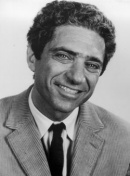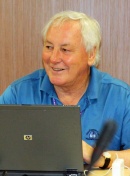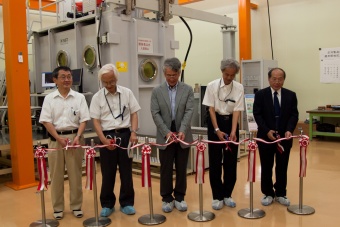Image of the week
Cavity fabrication facility opening ceremonyThe opening ceremony of KEK’s new Cavity Fabrication Facility (CFF). From left to right: Katsunobu Oide (Director, Accelerator Laboratory), Fumihiko Takasaki (Trustee), Atsuto Suzuki (Director General), Hideo Hirayama (Trustee), Kenji Ueno (Head, Mechanical Engineering Center). |
In the News
-
from Nature Blogs11 July 2011A proposed underground laboratory would be an important step in addressing three science questions of “paramount importance”, says a report released today by the National Academies.
-
from The Guardian8 July 2011And even before start-up, there were hints that the answers from the LHC might not suffice: both the Cern Council and the US theoretical physics community have been making a case for an even bigger machine, called the linear collider.
-
from CERN7 July 2011CERN1 has today issued version 1.1 of the Open Hardware Licence (OHL), a legal framework to facilitate knowledge exchange across the electronic design community.
-
from New Scientist6 July 2011Now researchers at DZero, an experiment at the Tevatron particle accelerator at Fermilab in Batavia, Illinois, have found the largest source of CP violation yet discovered.
Copyright © 2026 ILC International Development Team




